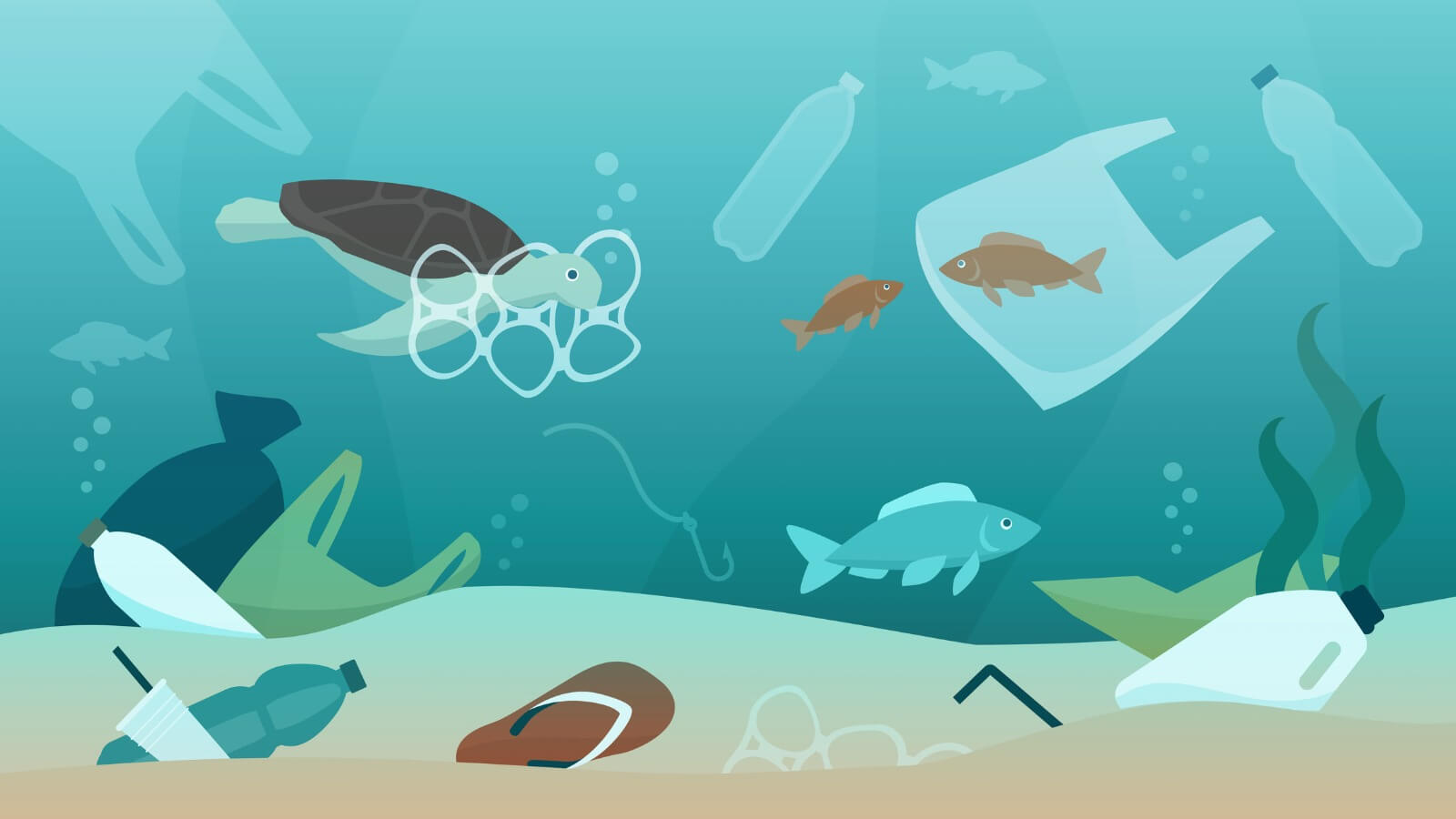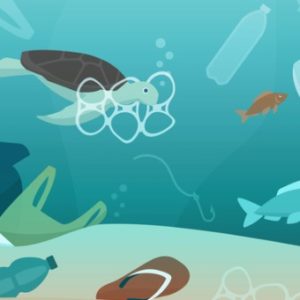An interview with Ryan Taylor Murphy.
You might know Ryan as the goofy toe walking vibrant sock moustache wearing surfer/cyclists/gym instructor/fitness lover/vegan from Mingara One Fitness but there is much more that drives this fellas love of the ocean and passion to protect it.
When did you first fall in love with the ocean?
From day dot I remember Mum taking me down to Avoca Beach rock pool where I would spend all day as a young child enjoying the wonders of the ocean, its beauty and all the amazing wildlife that live within it. As the years progressed I naturally developed into a passion for water sports, everything from snorkelling, paddle boarding, surfing or a simple dip in the morning before work, I’d like to think that I’m half dolphin and often times friend will say I’ve got saltwater in my brain #tapnose.
What is Take 3 for the Sea and why is it so important?
I literally stumbled across the Take 3 concept when I saw a poster suggesting that an individual should pick up three pieces of rubbish when the next at the beach, nothing more just three little pieces of rubbish. At the time as a young individual, I thought “Oh that’s kind of cool, pretty simple hey?” From that day every time I went for a surf, I’ve looked for my three pieces of rubbish. Sadly, you still don’t have to look to hard to find at least three pieces.
How has Take 3 for the Sea changed the way you take care of the environment?
It was many years ago that I stumbled across the Take 3 concept however it’s become bigger than just picking up three pieces of rubbish every time I go for a surf for me.
Those first three pieces have now led to me reducing my overall waste, riding my bike to work rather than using my car, turning off all the lights in my household, carrying around metal cutlery and a keep cup wherever I go!
How can just 3 pieces make a difference?
My friends and I will often walk on the Boudi National Park Trail and there is also a favourite little surfing spot of mine right near Maitland Bay. One day after turning the corner to get to the surfing spot my jaw dropped to see there was at least 300 plastic bottles, fishing line, Styrofoam boxes and multitudes of various plastics right near Maitland Bay. The rubbish had drifted onto the rock platform. I can still hear the sound of plastic bottles rattling along the rocks with the waves.
I felt small and I felt helpless. Here I was standing in one of the most pristine parts of the Central Coast, in the middle of a marine reserve surrounded by more plastic waste than I had ever seen before. It pained me to know that I could only carry out what I could fit in my backpack and hands!
I’m yet to meet a person that doesn’t love the ocean, everyone’s reason is different, some love to just sit at the beach and look out at the sea, some love to only go for a frolic in summer when the water warms up and some dare to brave it on a cold winters morning. There’s something deep in our essence that draws us to the sea.
Take 3 believes in simple actions to address complex problems.
How can we stop plastic pollution from killing wildlife and suffocating our planet?
What I love about this concept is that it planted the seed for me to consider my environmental impact as an individual and how I can do my bit for our planet Earth and the oceans I so love.
It’s never too late to start
It’s not all bleak however as this has inspired me to become an advocate to inspire others to create positive change in their lives. Hopefully, my story may have done this for you!
The top three things that I do to create change
1. Reduce
This has been my biggest one. I bought myself a metal drink bottle and some metal cutlery, yes it takes an extra couple minutes to clean, however, it means that I don’t need to use single-use plastic every time I want to have a drink or eat my lunch.
2. Reuse
I love my Thai food and I’d be lying if I said I never order takeaway. I have limited how often I do have a takeaway and I will always wash out the takeaway containers and reuse them for my work lunches! Same goes for drink bottles, plastic cutlery and scrap paper!
3. Recycle
We all hear plenty about this one but definitely the biggest thing you actually start to change about your behaviour to have an impact is making sure that anything you can recycle makes it to the recycling bin and that it definitely can be recycled, often times when waste is mixed with recycled goods it ends up in landfill.
Check out the link below for some helpful tips on how you can effectively manage your recycling http://www.netwaste.org.au/recycle-it/what-can-be-recycled/.
What can be recycled often differs from local council to council dependent on who manages their waste and recycling? Always check with your local council on how best to recycle in your local area.
Walking the walk – how can you practice this every day?
I know for me that I needed to change my mindset from one of single-use plastic convenience (saving 3 seconds) to Taking 3 for the Sea.
An extra 3 seconds to get my keep cup from my bag, taking 3 cotton shopping bags to woollies and taking extra 3 minutes to pick up rubbish on a bushwalk.
I’m proud to be representing Mingara in the inaugural Take 3 CEO Clean-Up, a first of its kind initiative to provide business leaders the opportunity to lead by example and make a positive change in their community. Jump in and check it out!
My hope I can inspire you to join me in creating a positive change for the future! Take3!!!
Find out more about Ryan here
More Facts:
- By 2050, there will be more plastic in the ocean than fish
- Only 9% of all plastic ever made has been recycled. The other 91% sits in landfill or has leaked into the environment as pollution
- Humans today ingest on average, a credit card-sized amount of plastic every week
- 80% of marine debris enters the oceans from a land-based source.
- 20% of marine debris comes from ocean-based activities such as shipping, fishing (recreational and commercial), recreation, resource extraction and accidents.
● Over 1 million seabirds die every year from ingesting or becoming entangled in marine debris.
● Over 100 000 marine creatures die every year from marine debris including whales, turtles, dolphins, seals, penguins, albatross and sharks.
● Countless fish and small marine organisms are affected by marine debris every year.
● Rubbish blown by the wind; washed down storm water drains; enters creeks and rivers; polluted lakes; can be moved by wildlife (eg. birds) and eventually finds its way into the oceans.
● Over 70% of marine debris sinks (as many plastic types are more dense than water).
● Marine debris blankets the bottom (benthic layer) of waterways and oceans disrupting natural chemical processes (e.g. between the benthic sediment and water column).
● Debris that floats can be carried vast distances by the wind, currents and tides.
● Debris gathers in rotating currents known as an eddy and accumulate in massive systems of currents known as gyres.
● There are five major oceanic gyres. They occur in the largest bodies of ocean (the North Pacific Gyre, South Pacific Gyre, North Atlantic/South Atlantic Gyre
and Indian Ocean Gyre). Hawaii sits in the midst of the North Pacific, aka the Great Pacific Garbage Patch and suffers from huge levels of pollution on some windward facing beaches.
● 80-90% of marine debris is plastic hence many preferring the term ‘plastic pollution’.
● At least 13 000 pieces of plastic can be found in each square kilometre of the world’s oceans. This figure can be up to 500 000 pieces inside the Gyres.
● French scientists found up to 42 000 pieces of plastic per square km in Antarctic waters.
● Marine debris can allow for the transport of invasive species across vast distances creating threats to sensitive species and communities.
● One third of marine debris can be traced back to the beverage industry (including cups, lids, bottles, containers, straws).
● Plastic doesn’t biodegrade. It’s complex molecular structure means no natural organisms can digest it (e.g. microbes)
● In the oceans, plastic goes through processes of environmental degradation. Photodegradation from sunlight causes many plastics to become brittle and easily fragment. Physical forces (waves, boats, rocks) can also break apart debris.
● Plastic is made from fossil fuels. Oil and gas derivatives are synthesised with the addition of many toxic chemicals to create different types of plastic.
● Plastic isn’t inert. Chemicals can leach from plastic into food and into the human body.
● When in the ocean, pieces of plastic pollution can attract other pollutants present in the water. These pollutants absorb onto plastic like a sponge and can result in concentrations of pollutants up to one million times higher than in the surrounding sea water.
● When ingested, plastic debris can transfer toxic chemicals to animal tissue and impact development and reproduction.
● Over 1 billion disposable coffee cups are used in Australia every year. Coffee cups have a plastic lining and are hence non-recyclable.
● Australians use over 6 billion disposable plastic bags every year. That’s 16 million every day or 2 million every 3 hours.
● Australians use over 13 billion beverage containers every year. Less than 40% are recycled meaning over 8 billion are wasted.
● The Japanese tsunami on March 11th, 2011, released over 5 million tonnes of debris into the North Pacific Ocean.
● Marine debris is a dangerous and very expensive problem for shipping and fishing. Derelict fishing gear (eg. abandoned fishing nets called ghost nets) can block propellers and water intakes. A 2008 report showed marine debris costs over $1.2 billion every year inside the Asia Pacific Economic Cooperation (APEC) region.
● The CSIRO recently completed a study of marine debris around the Australian coastline and determined an estimated 150 million pieces litter the Australian coast. This is 6 pieces of rubbish for every person in Australia.



